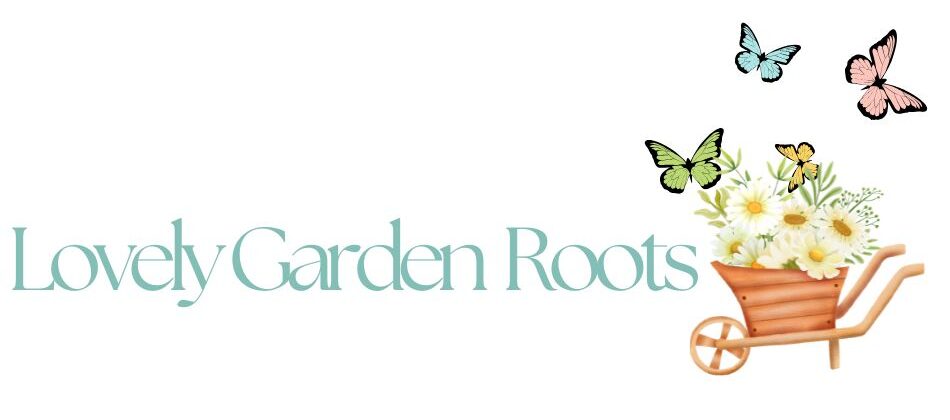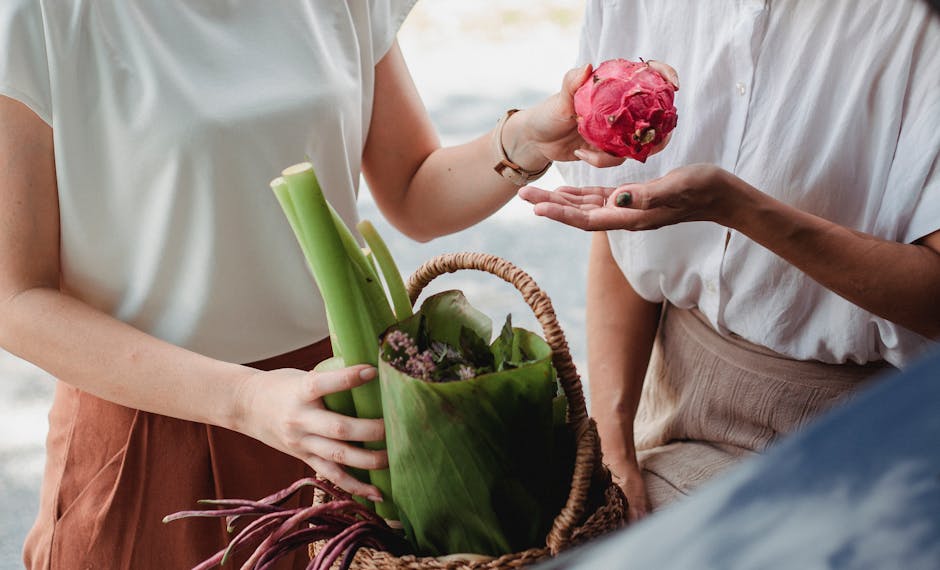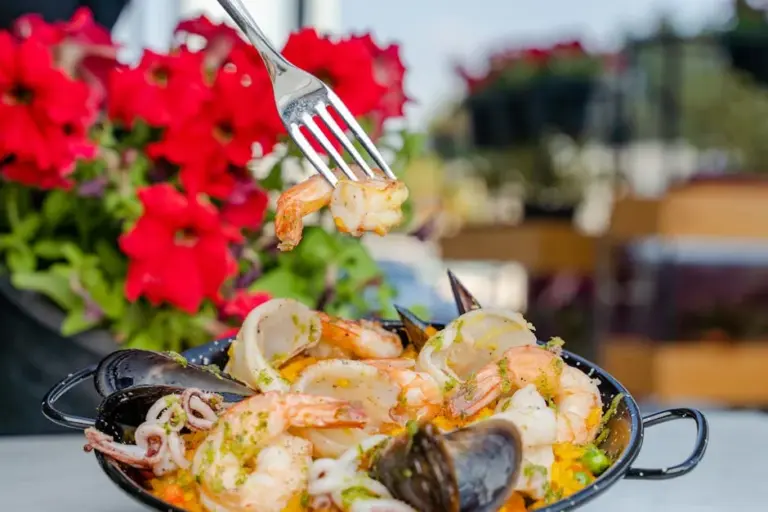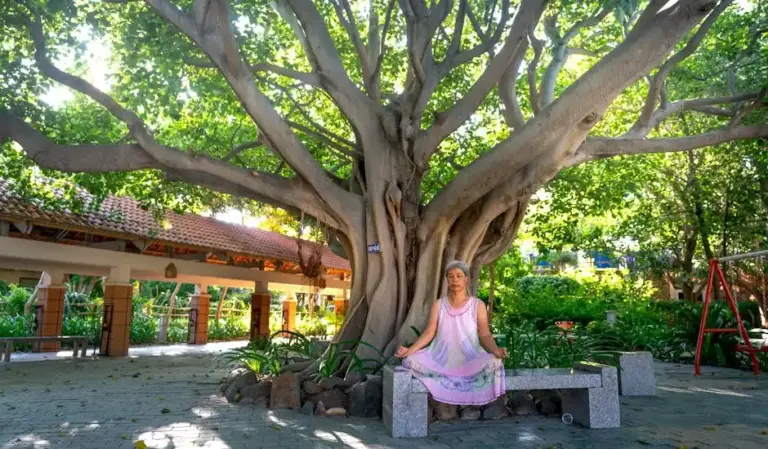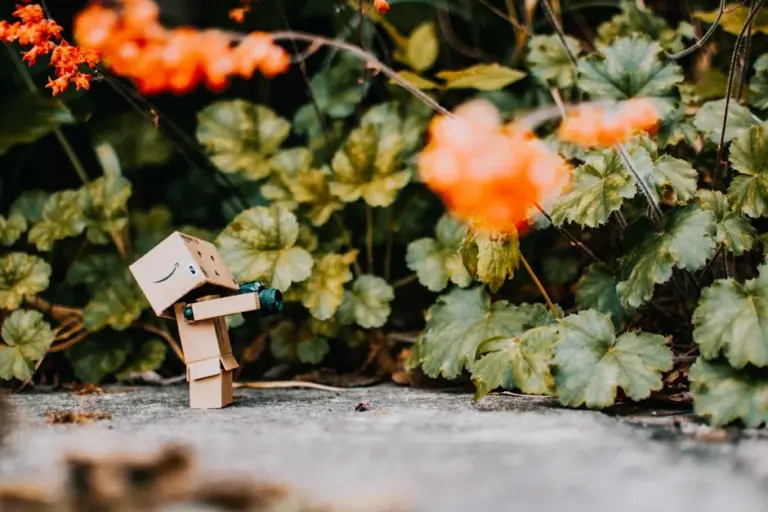The Joy of Gardening: Stories from Real Gardeners Sharing Their Best Tips and Experiences
Gardening is more than just a hobby; it’s a source of calm, growth, and satisfaction that many people treasure. When you dig into the soil, plant a seed, and nurture it, you connect with nature in a way that brings lasting joy. The joy of gardening comes from the simple yet meaningful experiences shared by real gardeners, showing how this activity can brighten your days and enrich your life.
You’ll find that every gardener has a unique story, filled with moments of patience, discovery, and unexpected beauty. Whether it’s growing your first tomato plant or finding peace in daily garden care, these stories can inspire you to see gardening not just as work, but as a rewarding journey that anyone can enjoy.
By hearing from folks who have turned their gardens into small pieces of happiness, you can learn how to make your own gardening experience special. Their experiences highlight the calm, creativity, and connection that come naturally when you spend time with plants and soil. Discover how gardening can bring you the same sense of joy and fulfillment. For more inspiration, see stories from real gardeners at The Joy of Gardening.
Heartwarming Memories: Real Gardeners Share Their Stories

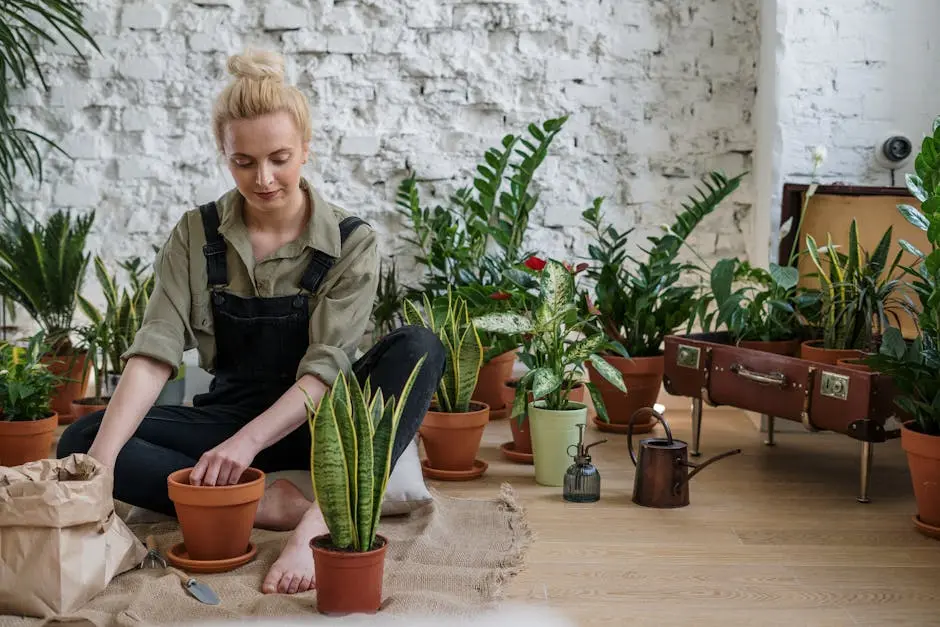
Gardening often starts with simple moments but grows into lasting experiences. You might find joy in small successes, learn valuable lessons unexpectedly, and even connect with past generations through shared traditions.
From Seeds to Blooms: A Journey of Growth
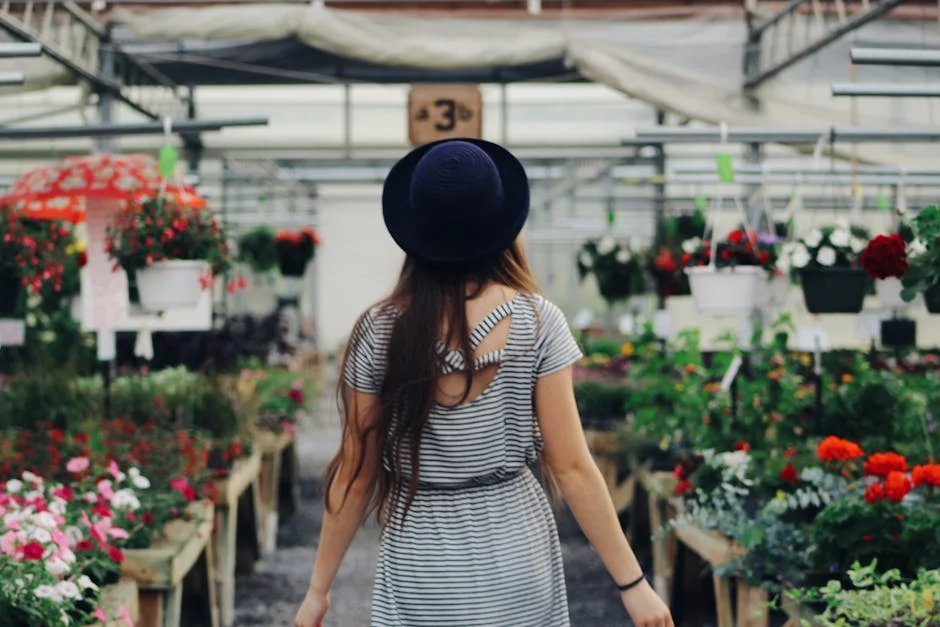
You begin with tiny seeds, like yellow pear tomatoes or marigolds, and witness them sprout, grow, and bloom. Each stage brings a sense of accomplishment and hope. Watching plants develop teaches patience and care because you need to water, protect, and nurture them consistently.
Many gardeners describe that initial seed planting as a special moment—a promise of transformation. Seeing the first leaves emerge feels like a reward that pushes you to keep going. This process is more than just growing plants; it’s about appreciating growth itself and the cycles of life in your garden.
Unexpected Lessons Learned in the Garden
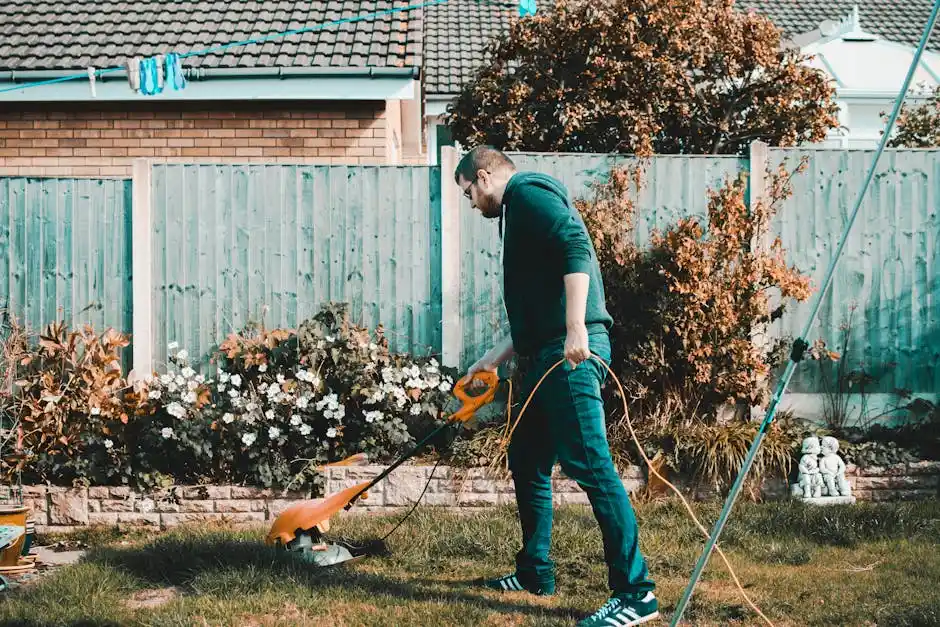
Gardening can surprise you in many ways. You might expect only beauty, but it also teaches resilience and adaptability. When plants don’t grow as planned or pests invade, you learn problem-solving skills and the importance of persistence.
The garden reflects life’s ups and downs, showing you how to cope with setbacks gently. You discover timing matters—from knowing when to plant to when to harvest. These lessons often become personal, helping you stay grounded even outside the garden space.
Celebrating Generational Gardening Traditions

Gardening can connect you to family history. You might inherit seeds, tools, or stories from older relatives, linking past and present. This shared activity often becomes a way to preserve memories and pass down wisdom.
In many families, gardening traditions include planting favorite flowers or vegetables that hold meaning. Sharing gardening moments with children or grandchildren can strengthen bonds, creating new memories while honoring old ones. These traditions offer more than beauty—they foster a sense of belonging across generations.
For more insights into gardeners’ first plant stories and joys, you can explore National Gardening Week: First Plant Stories, Joys & Wisdom to Share.
Creating Community Through Gardening

Gardening often brings people together in unexpected ways. It can help you build meaningful relationships, share knowledge, and contribute to neighborhood vitality. Whether you’re working side by side on garden plots, joining local clubs, or supporting city projects, there are many ways to grow connections.
Connecting With Neighbors Over Shared Plots

When you garden in a community plot, you get a chance to meet neighbors with similar interests. Sharing tasks like planting, watering, and harvesting creates natural opportunities to chat and exchange tips.
You might find that teamwork makes chores easier and more enjoyable. Plus, you can celebrate successes together, like abundant harvests or blooming flowers. These shared experiences build trust and a sense of belonging.
A simple way to start is hosting regular garden days or potlucks next to the garden space. This encourages casual socializing and ongoing support for the shared garden.
Organizing Local Garden Clubs

Joining or starting a garden club in your area can deepen your gardening knowledge and expand your social circle. You’ll connect with gardeners who have different skill levels and specializations, making it a great environment for learning.
Clubs often schedule events like plant swaps, garden tours, or educational workshops. Participating in these can help you pick up new techniques or discover local plant varieties suited to your climate.
To organize a club, you just need a few dedicated people and a common interest. Use community centers or online platforms to coordinate meetings and share resources. This effort turns gardening into an ongoing, rewarding activity.
Supporting Urban Gardening Initiatives

Many urban areas run programs aiming to improve food access and green spaces. By volunteering or advocating for these efforts, you contribute to your community’s health and environment.
Urban gardens often focus on growing nutrient-dense food in limited spaces, which can inspire you to adapt your own gardening practices. These projects also encourage education about sustainable methods and environmental stewardship.
Getting involved might mean helping with planting, fundraising, or spreading awareness. Your support helps these initiatives thrive, making green spaces more accessible and enjoyable for everyone.
Learn more about urban gardening and its benefits at The Micro Gardener.
Overcoming Challenges in the Garden
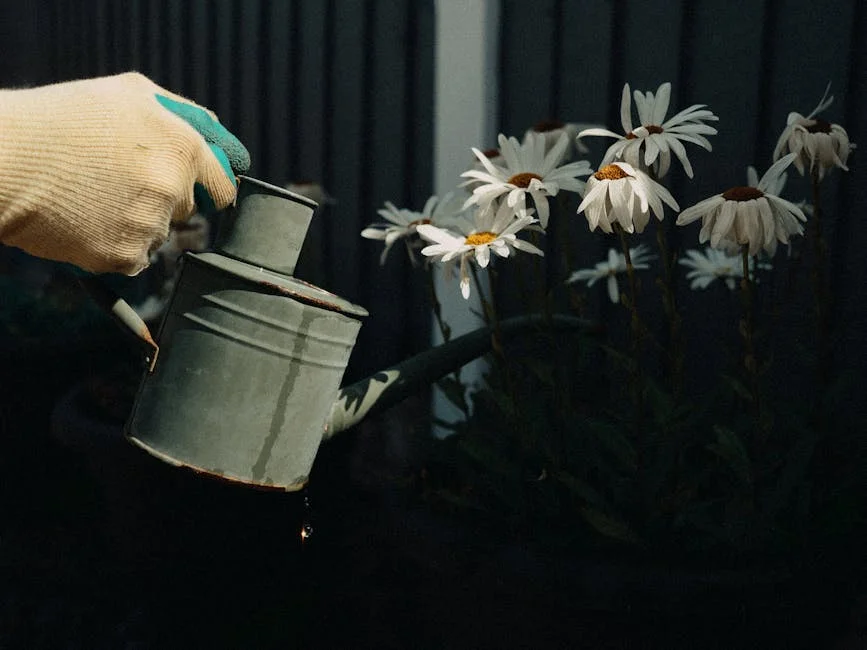
Gardening often tests your patience with issues like pests, unpredictable weather, and moments when things don’t go as planned. Learning how to adapt and respond helps turn these obstacles into satisfying learning opportunities.
Battling Pests and Weather Woes
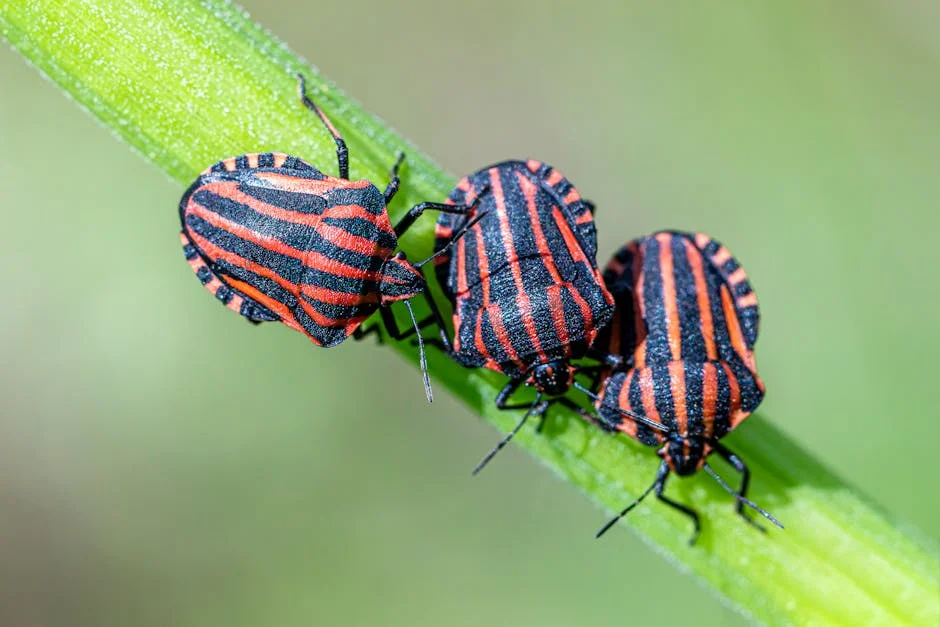
Pests like aphids, slugs, and caterpillars can quickly damage your plants if left unchecked. Use natural pest deterrents such as neem oil, introducing beneficial insects, or handpicking pests early. Avoid harsh chemicals to protect your garden’s ecosystem.
Weather can add another layer of difficulty. Sudden frosts can harm young plants, while excessive rain may cause root rot. Creating raised beds improves drainage, and using row covers shields plants from cold snaps. Keeping a weather journal helps you anticipate conditions and plan accordingly.
Turning Mistakes Into Success
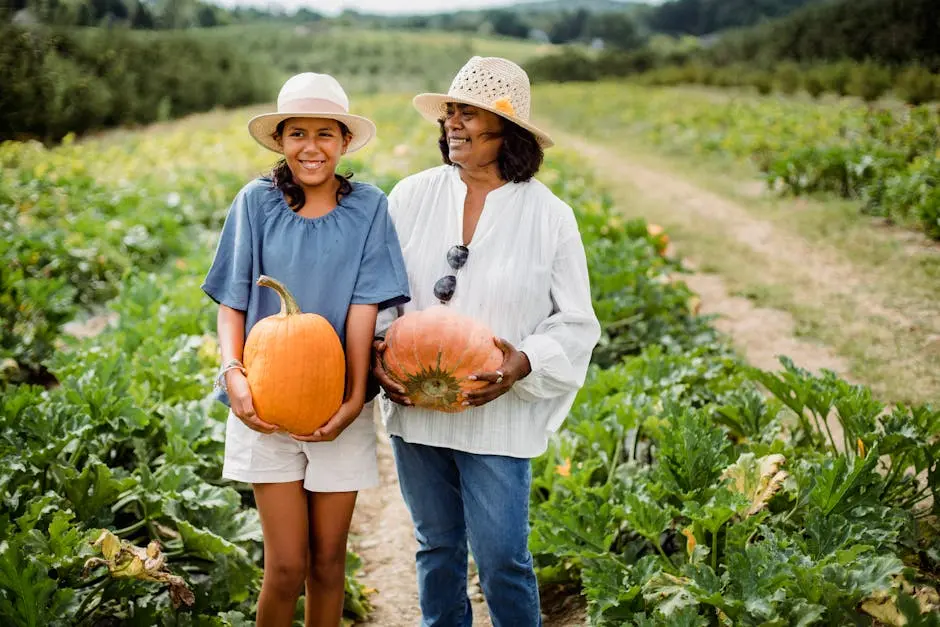
Mistakes are inevitable—seeds sown at the wrong depth, overwatering, or choosing plants unsuited for your climate. Each misstep offers valuable data on what your garden needs.
Try keeping a garden log where you record what worked and what didn’t. This habit helps refine your approach year after year. For example, if you notice seedlings damping off, reducing water and improving air circulation can help next time. Embrace errors as stepping stones rather than failures.
Finding Resilience in Unexpected Setbacks
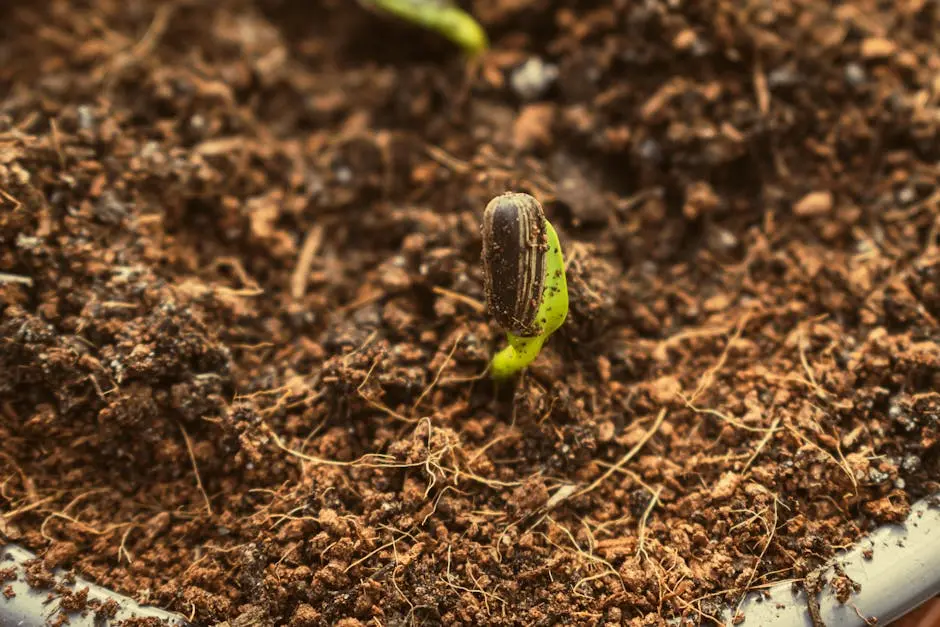
Sometimes, despite your best efforts, storms, drought, or disease strike. Resilience means focusing on recovery. Start by assessing damage and removing severely affected plants to prevent spread.
Next, amend soil with compost to encourage new growth. Replant hardy varieties if needed and adjust your schedule to allow extra care during recovery. Remember, gardens are living systems that can bounce back when nurtured thoughtfully.
Personal Growth and Well-Being
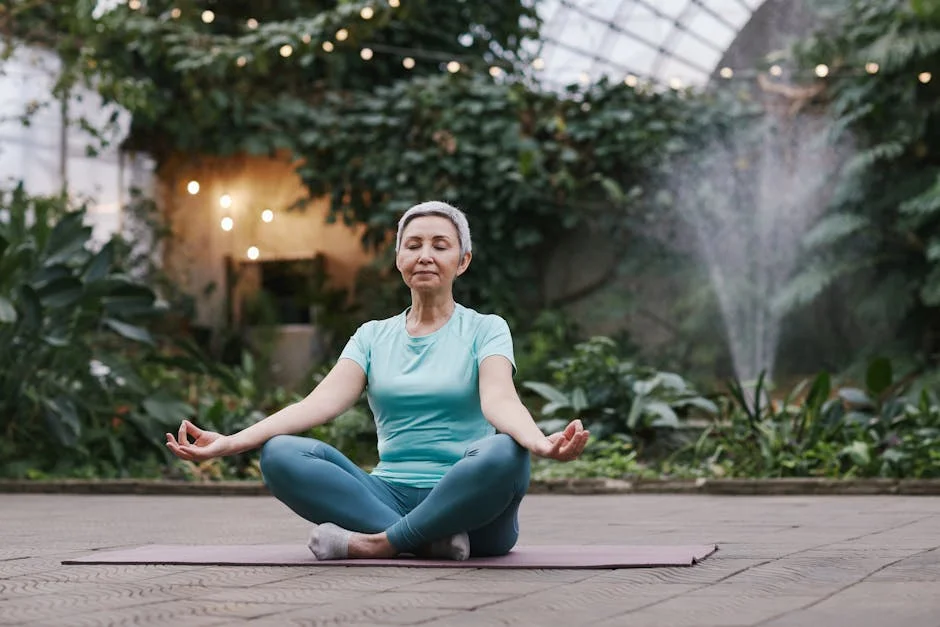
Gardening can deeply influence your mental state and self-perception. It encourages focus, patience, and a sense of accomplishment. This quiet practice helps you connect with the present moment while building confidence through visible growth.
Gardening as a Path to Mindfulness
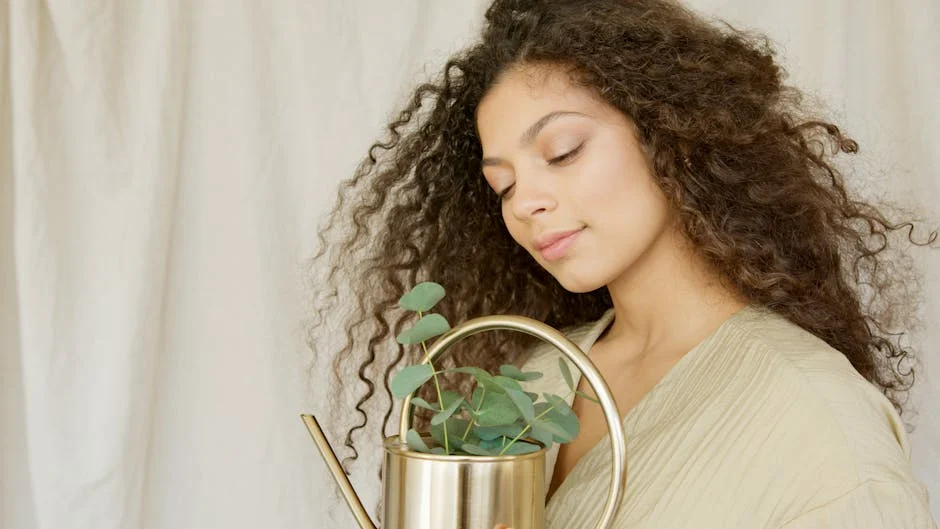
When you garden, you often focus on small details: the texture of soil, the sound of watering, or the color of leaves. These simple actions bring your attention to the now, reducing stress and quieting a busy mind.
Spending time with plants gives you a natural break from technology and daily distractions. This hands-on connection helps you develop patience as you nurture fragile seedlings into thriving plants. You may find that gardening becomes a form of meditation that supports your mental calm and balance.
Boosting Confidence Through Blooms
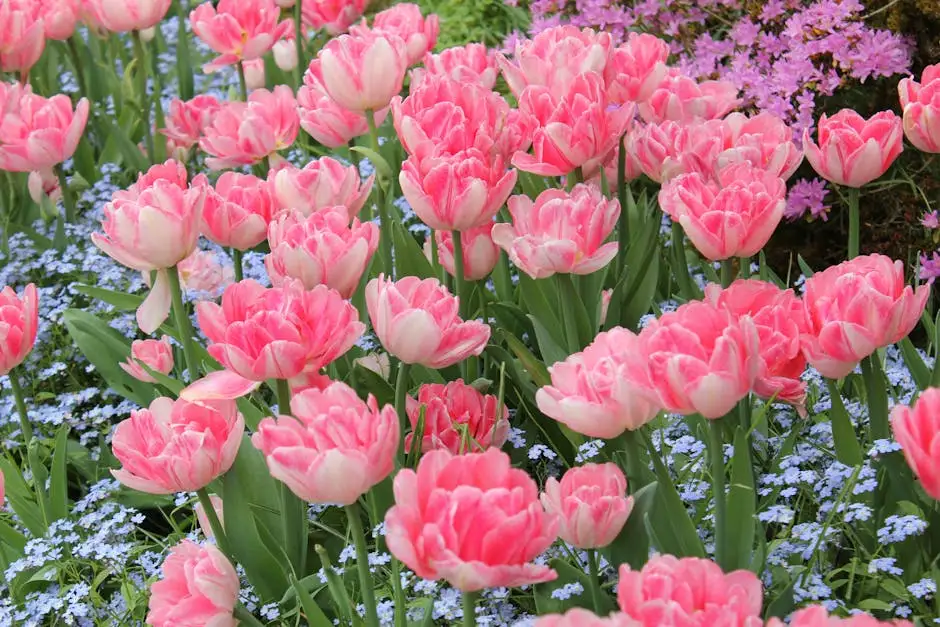
Every sprout or flower you grow is a clear sign of your effort paying off. This tangible success strengthens your belief in your ability to nurture and create.
You learn problem-solving skills as you handle pests or weather challenges. Each small victory—whether it’s a fruitful harvest or a blossoming rose—builds your self-esteem.
Keeping a gardening journal or sharing your progress can amplify this positive feedback loop. Simply put, your garden reflects your care and determination in a visible way.
You can explore insights about the wellness benefits of raising houseplants in this Growing Joy podcast with Maria Failla.
Tips and Inspiration From Seasoned Gardeners
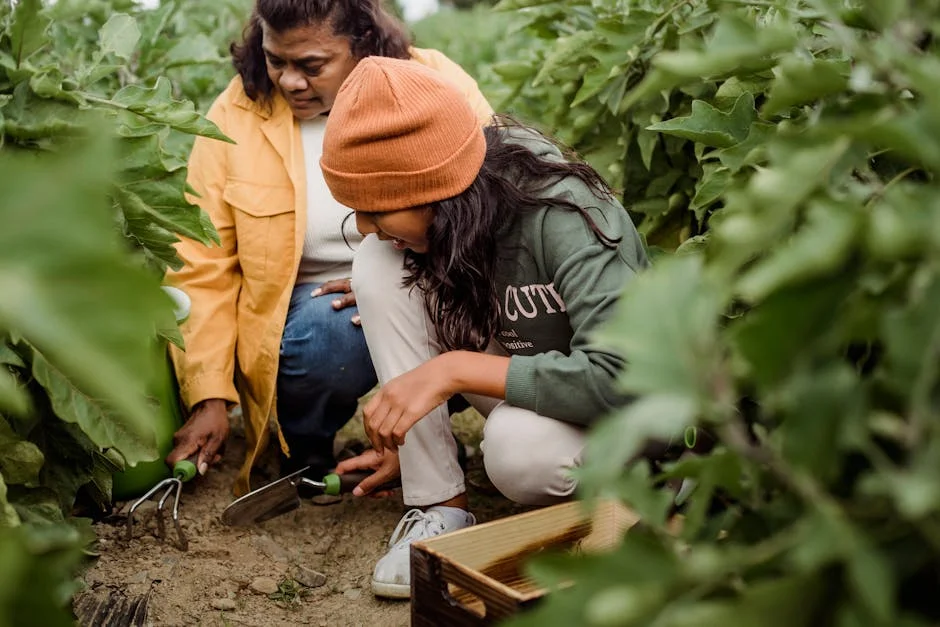
Gardening veterans share practical advice on choosing reliable plants and essential tools. They bring creative design ideas that make your space both beautiful and functional. You’ll also find specific guidance to help new gardeners build confidence and success.
Favorite Plants and Go-To Tools
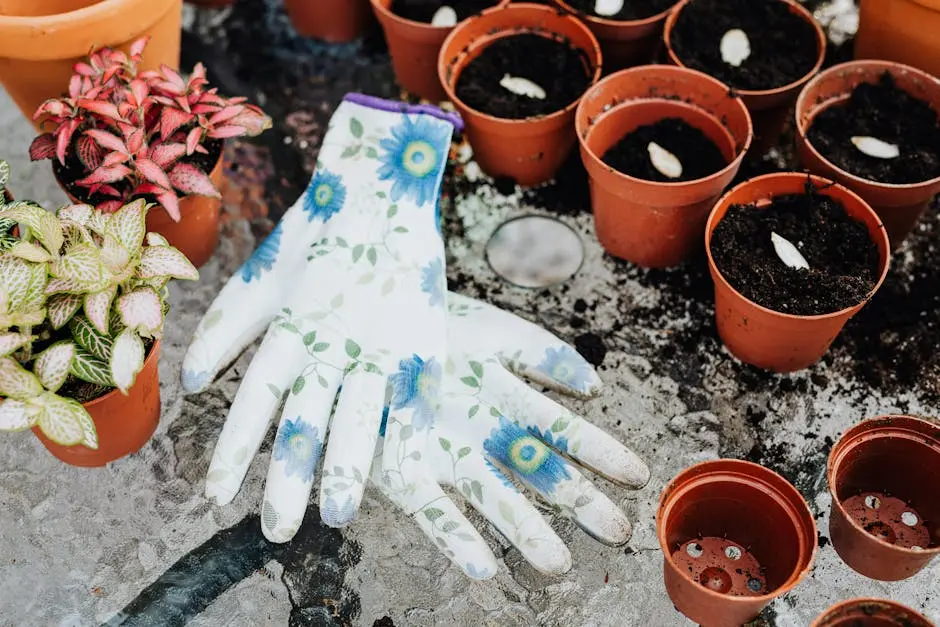
Seasoned gardeners often favor plants that balance beauty and hardiness. Perennials like coneflowers and black-eyed Susans require less maintenance and attract pollinators. Many also recommend vegetables such as kale and tomatoes for steady harvests.
For tools, comfort and durability are key. A sturdy trowel, pruning shears, and a reliable watering can are staples. Some swear by ergonomic handles to reduce strain during long sessions. A soil tester helps you understand nutrient needs efficiently.
Keep a small notebook or app to track what works well in your climate and soil. This will save you time and improve your garden yearly.
Creative Garden Design Ideas
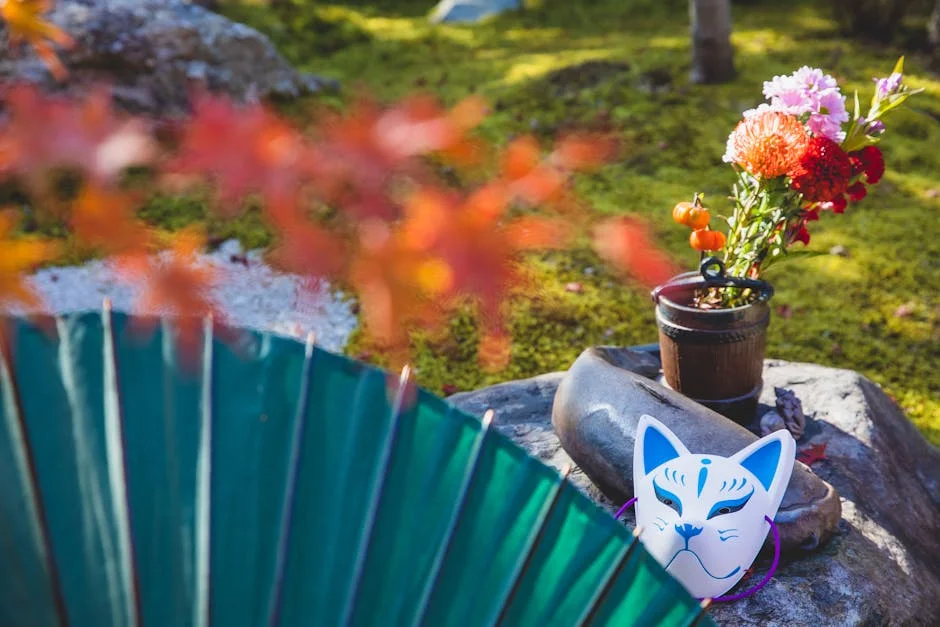
Use layering to add depth—tall plants at the back, medium in the middle, and ground covers in front. Incorporate pathways made from gravel or stepping stones to create clear, inviting routes.
Color coordination can refresh your garden without adding plants. Try grouping flowers by color families for visual impact. Mixing textures, such as pairing spiky foliage with soft, rounded leaves, adds interest.
Vertical gardening is great for small spaces or to increase yield. Trellises or hanging containers let you grow climbing plants like beans or peas. This also helps keep your garden organized and easier to maintain.
Advice for New Gardeners
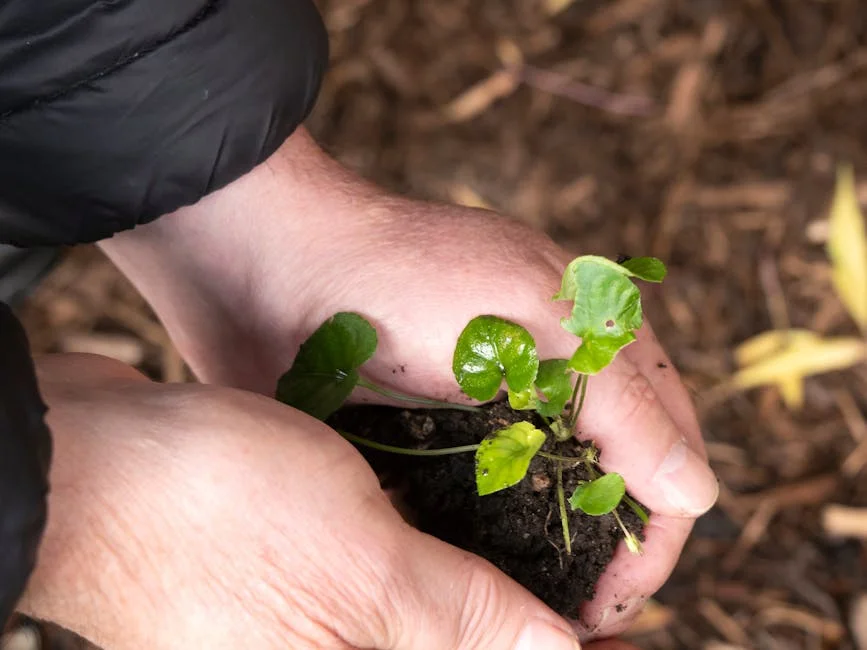
Start small by growing a few easy plants that thrive in your zone, like herbs or lettuce. Knowing your growing zone helps you pick plants that will flourish with less effort. Soil preparation is crucial—mix in compost to improve fertility and drainage.
Water regularly but avoid overwatering; moist soil feels damp, not soggy. Mulching around plants retains moisture and reduces weeds. Don’t hesitate to experiment—gardening is a learning process, and mistakes teach you what to adjust.
Ask experienced gardeners questions or join local groups to gain hands-on tips. Simple, consistent care builds your confidence and grows your green thumb faster.
For a collection of hands-on gardening wisdom from a trusted author, explore The Seasoned Gardener.
